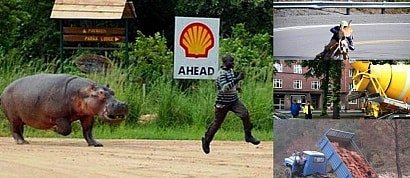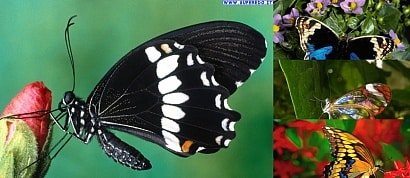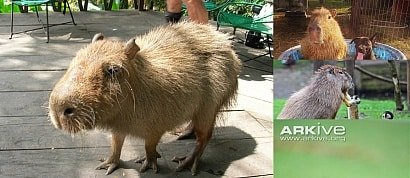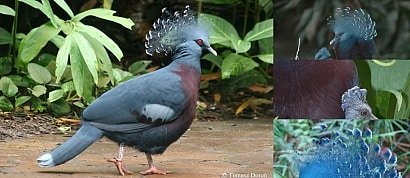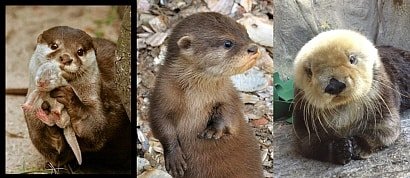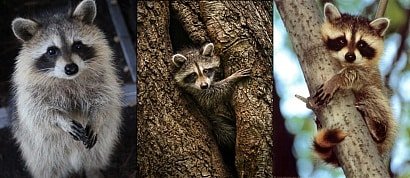A list of my favorite images of lemmings.
en.wikipedia.org/wiki/Lemming
Lemmings are small rodents, usually found in or near the Arctic, in tundra biomes.
They are subniveal animals, and together with voles and muskrats, they make up the subfamily Arvicolinae (also known as Microtinae), which forms part of the largest mammal radiation by far, the superfamily Muroidea, which also includes rats, mice, hamsters and gerbils.
Lemmings weigh from 30 to 110 g (1 to 4 oz) and are about 7 to 15 cm (3 to 6 in) long. They generally have long, soft fur and very short tails.
They are herbivorous, feeding mostly on leaves and shoots, grasses and sedges in particular, but also on roots and bulbs. At times, they will eat grubs and larvae. Like other rodents, their incisors grow continuously, allowing them to exist on much tougher forage than would normally be possible.
Lemmings do not hibernate through the harsh northern winter. They remain active, finding food by burrowing through the snow and using grasses clipped and stored in advance. They are solitary animals by nature, meeting only to mate and then going their separate ways, but like all rodents, they have a high reproductive rate and can breed rapidly when food is plentiful.
The Norway lemming and brown lemming are two of the few vertebrates which reproduce so quickly that their population fluctuations are chaotic, rather than following linear growth to a carrying capacity or regular oscillations. It is unknown why lemming populations fluctuate with such great variance roughly every four years, before numbers drop to near extinction.
Lemming behavior and appearance are markedly different from many other rodents, which are inconspicuously colored and try to conceal themselves from their predators. Lemmings, on the contrary, are conspicuously colored, and behave aggressively towards predators and even human observers. The lemming defense system is thought to be based on aposematism (warning display).
For many years, the population of lemmings was believed to change with the population cycle, but now some evidence suggests their predators' populations, particularly the stoat, may be more closely involved in changing the lemming population.
Lemmings have become the subject of a widely popular misconception that they commit mass suicide when they migrate. It is not a mass suicide, but the result of their migratory behavior. Driven by strong biological urges, some species of lemmings may migrate in large groups when population density becomes too great.
Lemmings can swim and may choose to cross a body of water in search of a new habitat. In such cases, many may drown if the body of water is so wide as to stretch their physical capability to the limit. This fact, combined with the unexplained fluctuations in the population of Norwegian lemmings, gave rise to the misconception.
Added to
People who voted for this also voted for
Polish Classics - Warszawa
Andrew Gonzales - 2
Poland in the Eurovision Song Contest
Polish Classics - Polonez
Allure: Cars
Favorite Frank Capra Movies
"La Domenica del Corriere"_15
Oops, Part 5; A Bad Day...
"La Domenica del Corriere"_3
Anautix' favorite Smooth Jazz
Favorite Musics III
Doris Day In Company_1
Legendary Actresses: Norma Shearer
Butterflies
Olga Boznańska- paintings
More lists from kathy
Favorite Images of Capybaras #1
Favorite Images of Blue Pool
Favorite Images of Pigeons & Doves
Favorite Images of Otters #1
Favorite Images of Dogs & Puppies #10
Favorite Images of Quokkas #1
Favorite Images of Raccoons
 Login
Login




































